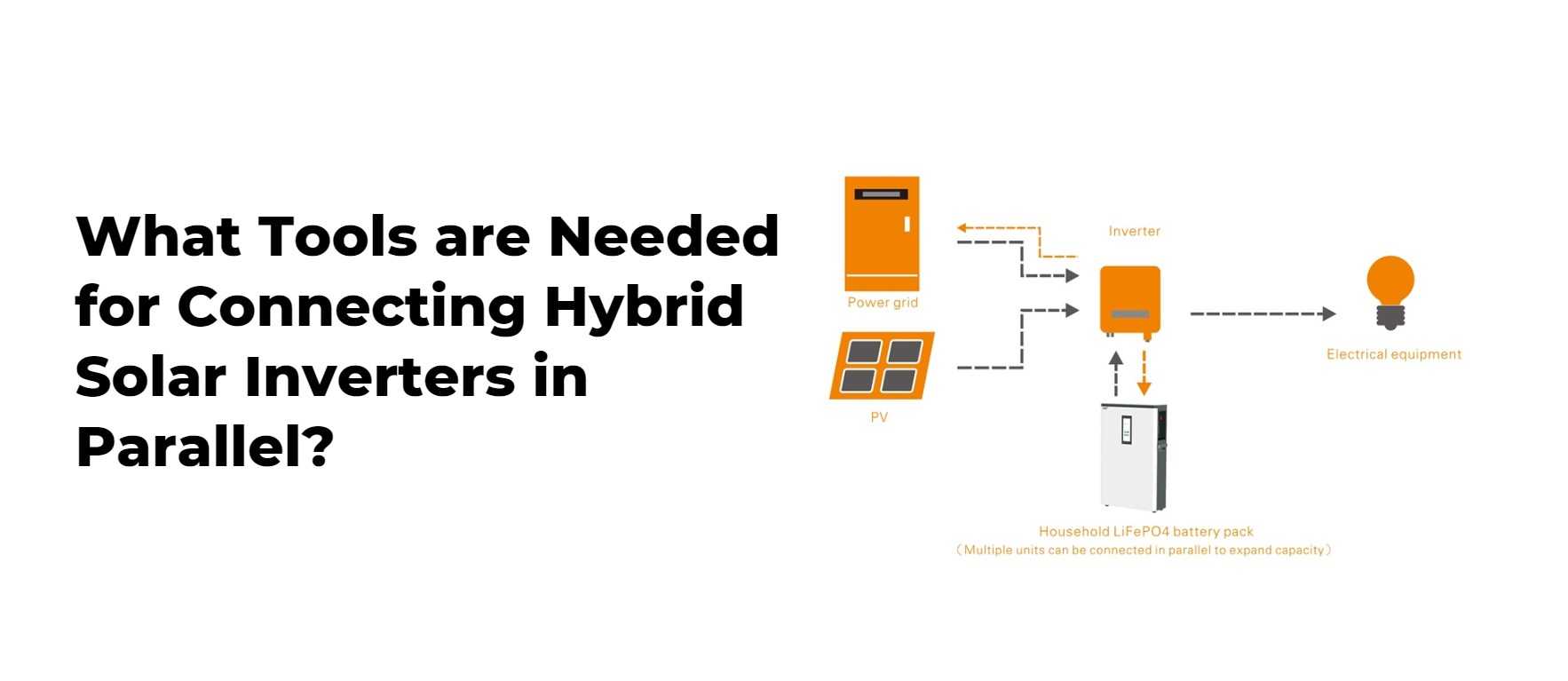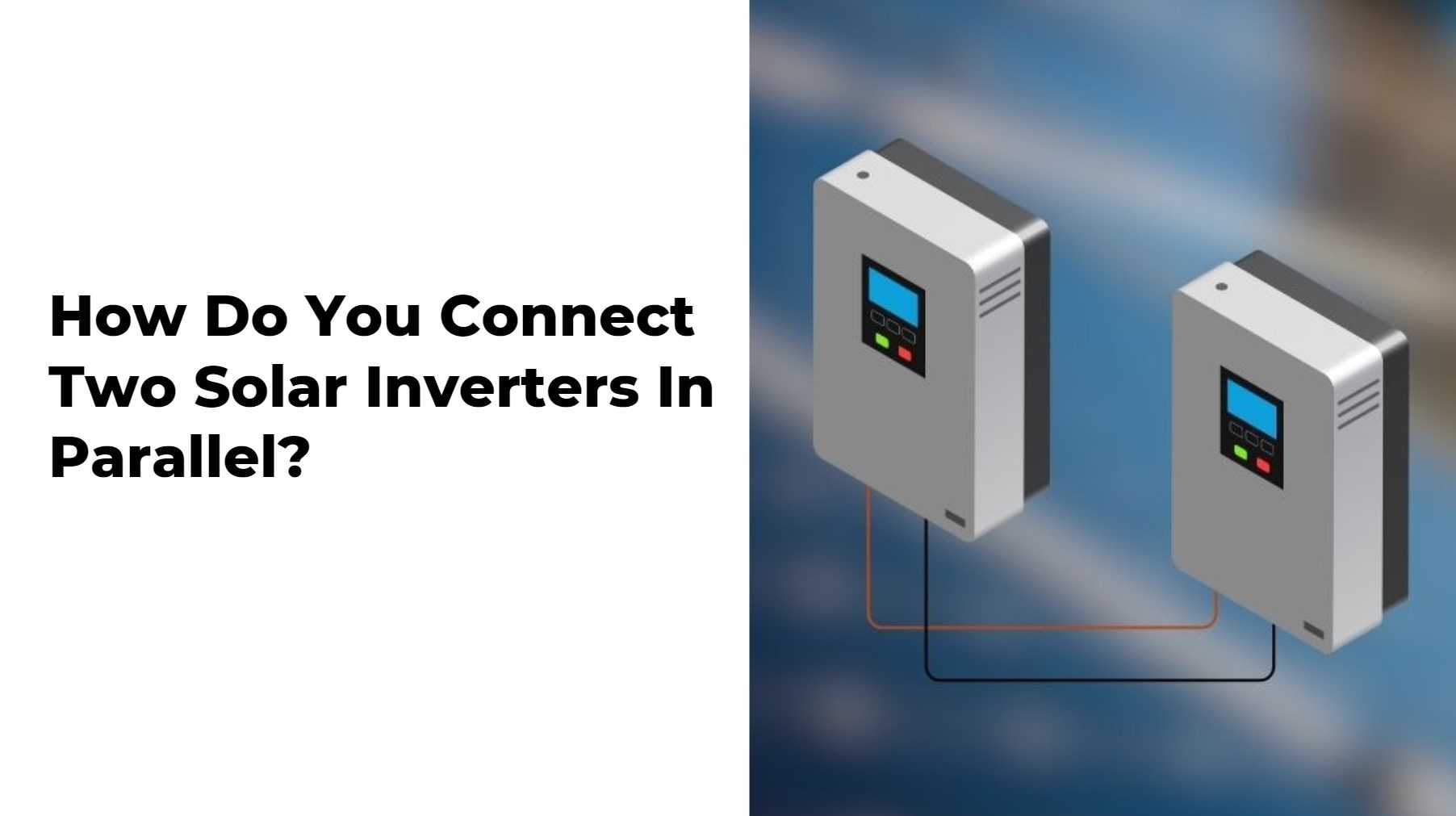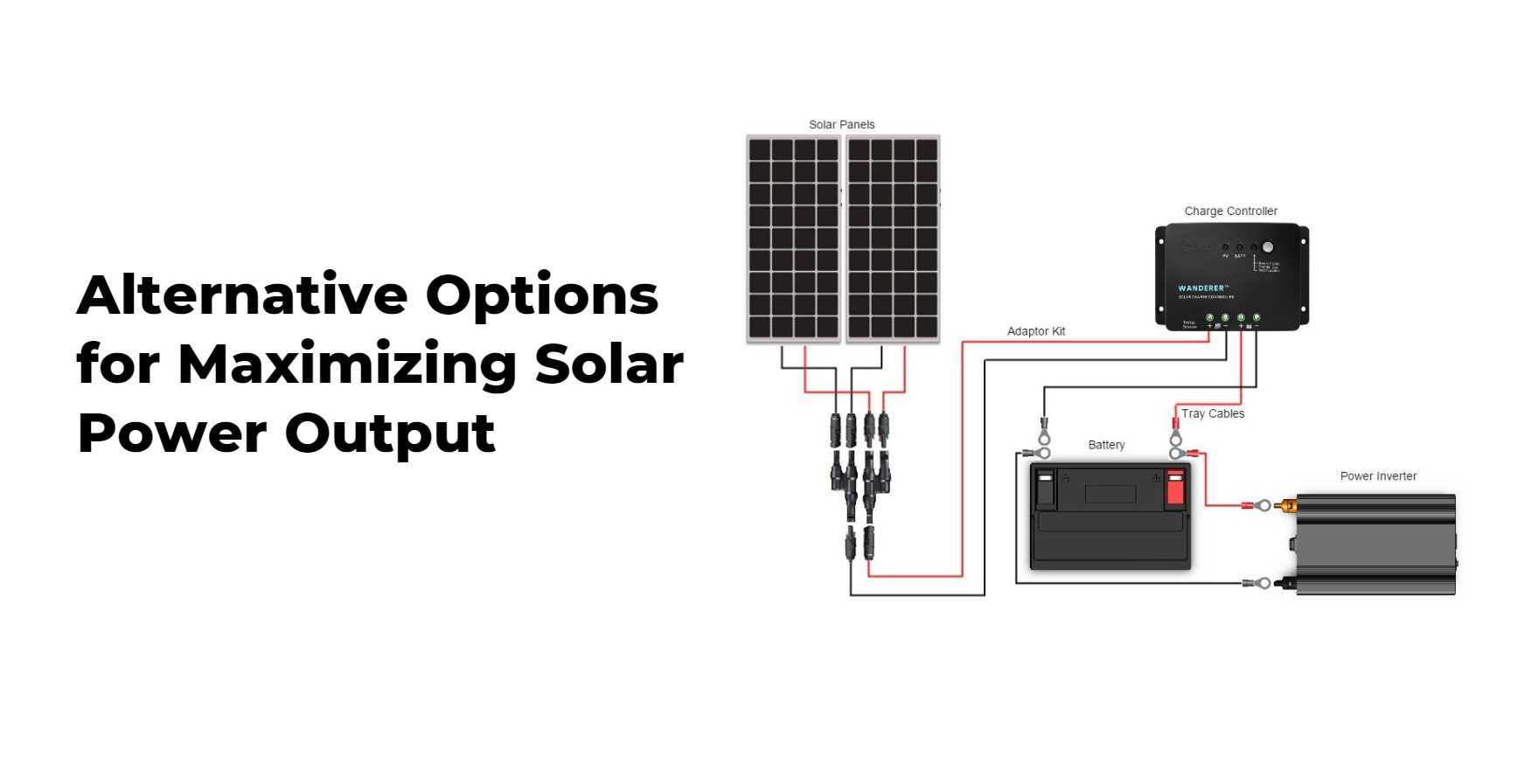Connecting two solar inverters in parallel can significantly enhance your solar power system’s capacity and efficiency, allowing it to handle more energy from solar panels effectively. This process involves ensuring compatibility between inverters, following safety precautions, and adhering to a systematic connection procedure.
How Do You Connect Two Inverters in Parallel?
To connect two inverters in parallel, first ensure they are compatible by checking their specifications for voltage and frequency settings. Then, connect the DC outputs from your solar panels to each inverter’s DC input terminals and link their AC outputs together using a combiner box or directly into a shared load.
What Are the Safety Considerations for Connecting Inverters?
Safety is paramount when connecting inverters; always disconnect power sources before starting work, use appropriate fuses or circuit breakers to protect against overcurrent, and ensure proper grounding to prevent electrical hazards during installation.
How Do You Ensure Compatibility Between Inverters?
Compatibility between inverters must be verified by checking manufacturer specifications to confirm that both units can operate together without issues related to voltage mismatches or waveform differences that could lead to inefficiencies or equipment damage.
What Is the Step-by-Step Process for Parallel Connection?
The step-by-step process includes:
- Confirming inverter compatibility.
- Installing both inverters according to manufacturer guidelines.
- Connecting DC inputs from solar panels to each inverter.
- Linking AC outputs together.
- Testing the system under load conditions.
What Are the Benefits of Connecting Inverters in Parallel?
Connecting inverters in parallel increases overall power capacity, enhances system redundancy (ensuring continued operation if one inverter fails), and optimizes energy harvesting from solar panels by distributing loads more efficiently across multiple units.
How Do You Test Parallel Connections?
Testing involves applying a load after connection and monitoring performance metrics such as voltage output and current flow to ensure both inverters operate correctly together without any discrepancies or failures.
What Equipment Is Needed for Connecting Inverters?
Essential equipment includes compatible inverters, appropriate wiring (sized for combined current), circuit breakers or fuses for safety, a combiner box if necessary, and tools such as screwdrivers and wire strippers.
How Do You Troubleshoot Common Issues with Parallel Inverters?
Common issues include imbalances in output voltage or current flow discrepancies between units; troubleshooting steps involve checking connections, ensuring equal cable lengths, verifying settings on each inverter, and consulting manufacturer guidelines.
What Are the Electrical Codes for Parallel Inverter Connections?
Electrical codes vary by region but generally require compliance with local regulations regarding installation practices, grounding methods, and safety standards; always consult local codes before proceeding with installations.
How Does Parallel Connection Affect System Efficiency?
Parallel connections can enhance system efficiency by balancing loads across multiple inverters; however, improper installation or mismatched units can lead to inefficiencies or reduced performance.
Can Multiple Inverters Be Connected in Parallel?
Yes, multiple inverters can be connected in parallel as long as they are compatible; this allows for greater scalability of solar power systems to meet increasing energy demands effectively.Expert Views:
“Connecting two solar inverters in parallel requires meticulous attention to detail regarding compatibility and safety measures—when executed correctly, it not only amplifies your energy output but also fortifies your system against potential failures.”FAQ Section:
- What should I check before connecting two solar inverters?
Ensure compatibility regarding voltage and frequency settings between both units. - Is it safe to connect multiple solar inverters?
Yes, but safety precautions must be followed meticulously to avoid electrical hazards. - What tools do I need for connecting solar inverters?
Basic tools include screwdrivers, wire strippers, appropriate fuses or circuit breakers, and possibly a combiner box depending on your setup.
Parallel Inverters
Know more:
What are Tips for Parallel Connection of Hybrid Inverters?
What is Process for Connecting Batteries to Hybrid Inverters?
What are Installation Guidelines for Hybrid Inverters?
What Tools are Needed for Connecting Hybrid Solar Inverters in Parallel?

Know more:
2 solar inverters in parallel
how to connect 2 inverters in parallel
connecting inverters in parallel





